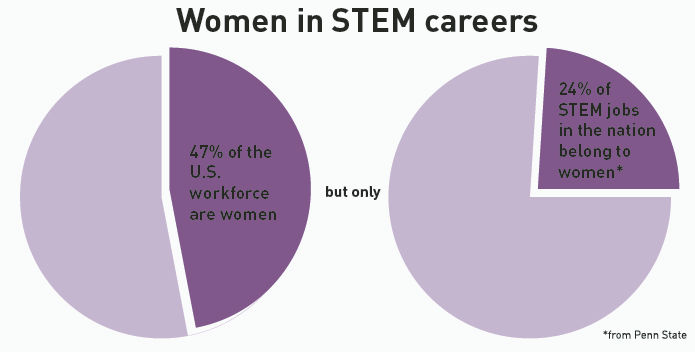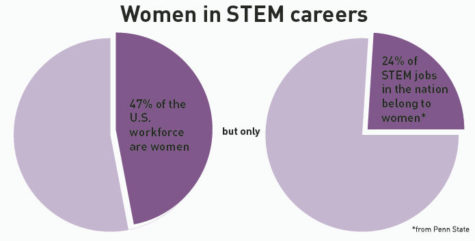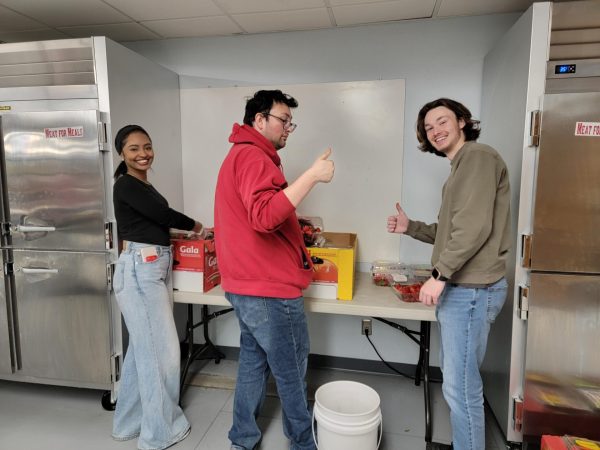Students create own meals in residence halls
October 7, 2008
First, he wipes the sink with sanitizing wipes, next fills the sink with soap and water, then cleans his dishes in the sink and finally dries them off.
“I wash my dishes in a public bathroom, which is pretty disgusting,” said Stephen West, freshman in pre-business. “It’s kind of nasty, when you think about it, because the sinks are far from clean, and I’m washing my dishes in them.”
Because the dining centers are closed on Sunday nights, except for Bookends Cafe, Clyde’s Sports Club, Hawthorn Market and Cafe, the MU Market and Café, and the C-stores, students might have to find a different source of food for those nights, and wash their dishes in the bathroom sink, if they don’t have a kitchen.
“Making students happy is our number one priority,” said Nancy Levandowski, director of ISU Dining.
If students do not wish to eat in the dining centers, they can eat in their residence hall. But here’s the catch: Students are only allowed to have microwaves in their residence halls and the department of residence occasionally allows them to have toasters.
Some residence halls have kitchenettes, which are rooms within the residence hall that include a sink, sometimes a stove, and various cooking appliances. However, many residence halls don’t have kitchenettes, so students without them are limited in the variety of meals they can cook.
Another issue students living on campus face is cleaning their dishes after using them. The suites in Martin and Eaton Halls include their own bathrooms, and each floor features a kitchenette.
Rochelle Prohaska, sophomore in open option-Liberal Arts and Sciences, lived in Martin Hall last year.
“It was really nice having a kitchenette on my floor, where I could cook and clean my dishes, and also having my personal sink in my room to do so as well,” Prohaska said. However, living in these residence halls can cost up to $2,000-$4,000 more a year.
The rest of the dorms have public restrooms, usually one or two on each floor.
If students don’t have their own bathroom or kitchenette, they have to clean their dishes in the public restroom. According to an article from Ezine Articles, many germs can thrive in restrooms — “bacteria live off of moisture and organic food (or waste) — which can be plentiful in public restrooms.”
Dorm food dining
One of the most popular items students cook in their dorm room are Ramen noodles.
“All you have to do is put it in a bowl with water and microwave it,” West said. “It’s simple, cheap and easy.”
Ramen noodles come with a block of noodles and a flavoring packet, which you stir in after the noodles are cooked.
Although what students cook may not be the healthiest choice, it may be the cheapest and easiest option at the time.
A package of Ramen actually has two serving sizes — each serving size for chicken flavor Ramen is 190 calories, 7 grams of fat, 910 mg of sodium and 26 grams of carbohydrates. If someone were to eat the whole package, those numbers would be doubled.
Another dish to cook in the dorms is Kraft Easy Mac. Each serving size is 220 calories, 4 grams of fat, 700 mg of sodium and 39 grams of carbohydrates.
“Taking in a large amount of carbs, fat and calories can lead to fat storage without adequate exercise,” said Janet Johnson, clinician for the department of food science and human nutrition.
A package of Ramen is more than 75 percent of a person’s average sodium intake per day.
Students said they choose to make Ramen and Kraft Easy Mac because they are easy and microwavable.
“Not having a stove available cuts down our cooking options tremendously,” West said.
Healthier options Johnson recommended for dorm snacks include apples, oranges and bananas. Students can opt for a microwavable cup of soup, string cheese, applesauce cups, a small microwaved baked potato or sweet potato, pretzels, low-fat granola bars or fruit-and-cereal bars, and fresh vegetables.
“Most of the items I listed above are around 100-150 calories,” Johnson said.
The number one tip Johnson gives is to “be a mindful eater.”
“You can even eat all of those things while you are walking to class,” Johnson said.
















